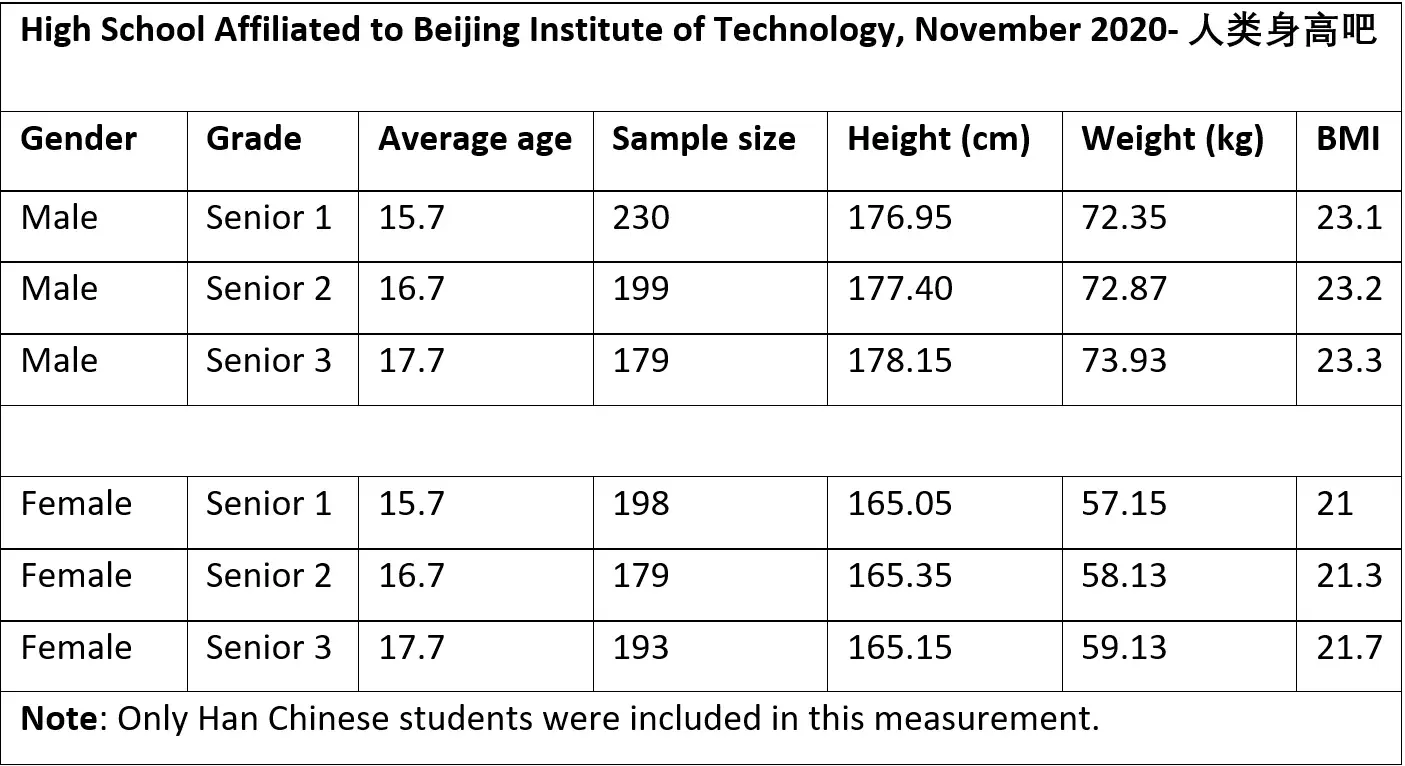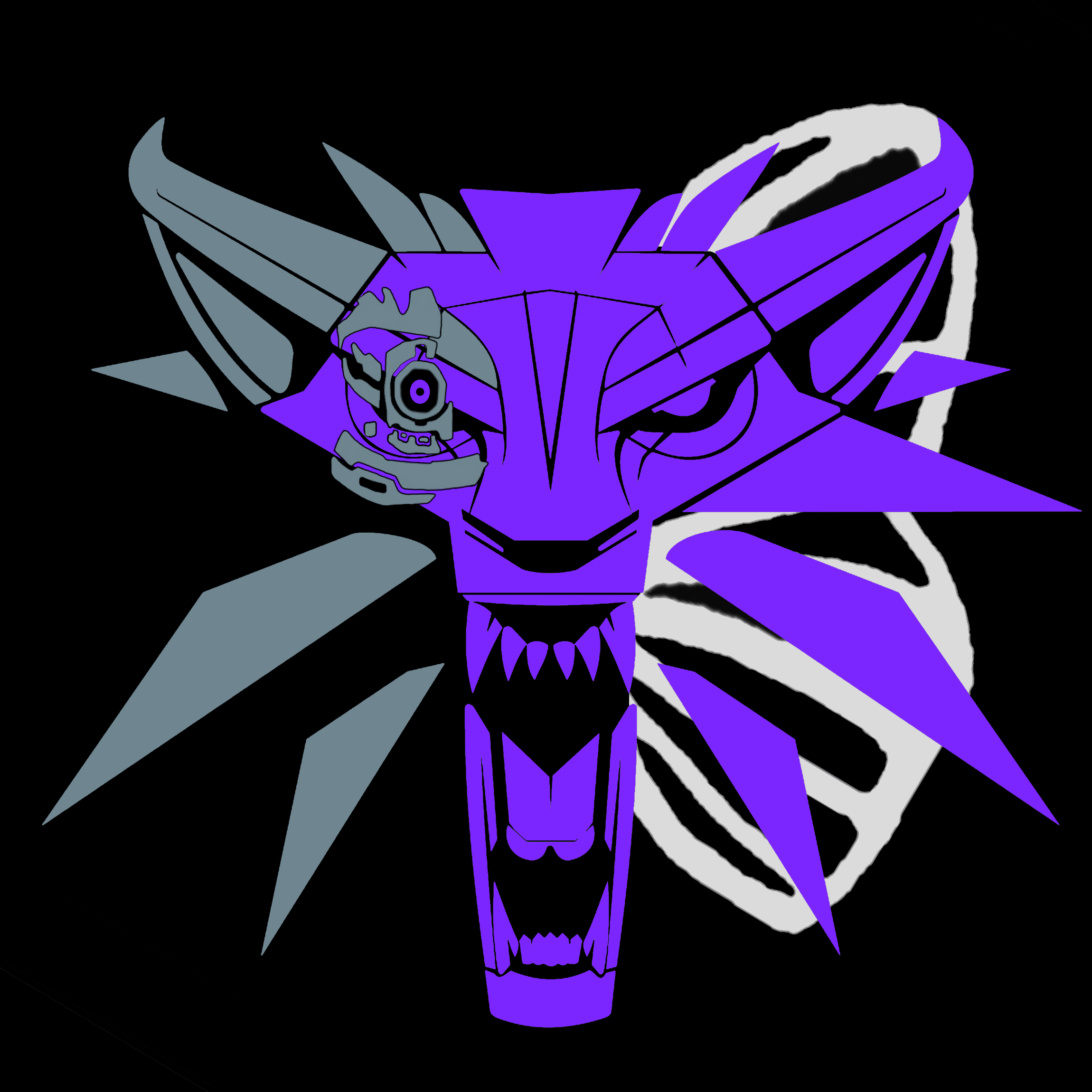I realised that for some reason, I still don’t know this. Why do we have different skin colors, hair textures, eyes or such? Is it just a random thing that happened or are there evolutionary reasons to it?
Some are random and have no disadvantage, so they stick around. Others have an advantage that may or may not still be relevant.
High melanin levels help with bright equatorial sun. Low melanin levels help with vitamin D synthesis in areas where there’s less sun.
Curly African hair is better at protecting the scalp from the sun and heat. There’s less hair follicles overall, allowing for better airflow and the tight curls keep the hair away from the scalp allowing it to cool better. This also meant less sweating, which made it easier to remain hydrated and clean.
Straighter hair tends to be more dense, and to do a better job keeping you warm.A lot of the other traits are random, or in genes connected to the general melanin genes, since evolution is unlikely to specifically target just the melanin levels of skin, and not the overall melanin level.
Some traits are also a result of sexual selection. Peacocks have large, vibrant plumage because it helps them attract a mate. Some human characteristics are the same. We essentially selectively bred ourselves based on the whim of aesthetics.
Finally, much of what we consider racial differences between people are social constructs.
That’s not to say that the differences aren’t real, but that the racial division is a relatively arbitrary line.
For example, I’m nearly a foot taller than my wife. My ancestors wandered up from Africa, landed in Scandinavia and then drifted to Scotland and southern England before coming to the Americas and getting mixed up in the Canadian fur trade in the 1600s. My wife’s ancestors stopped in Germany before coming to the Americas in the late 1800s.
Our children are not considered mixed race because our skin is the same color, even though the actual lineage is pretty distinct.We decided that skin color is a race marker, but not things like “height”, “toe and finger length”, or things like that.
Except for where we did, like when European colonizers relatively arbitrarily decided that different traits were racial markers amongst the colonized, like nose shape and chin thickness.All that to say, much of what we consider obvious racial differences that stand out are only such because we decided to pay attention to them. Other perfectly visible variations are just normal individual variations.
“Evolutionary reason” does not necessarily mean that a feature is an advantage. Mutations are random and then positive or negative selective pressure act on them untill the mutation is either extinct or is adopted by the whole population. For features without selective pressure the same thing still happens it just takes longer and is basically random. So different populations of a species will always develop different features even when given the same environment.
So for most of the features you listed: yeah it just happened.
Skin color is directly related to latitude. Darker skin means more melanin, which absorbs more light and protects against sunburns and thus skin cancer.
Eye color factors are less confidently known, but darker eyes generally have a better time in bright daylight.
Regarding those two, it’s also worth mentioning that the Inuit people don’t follow those patterns, as while they have less sunlight, they also have to deal with reflected light off the snow.
Hair texture is like eye color in that we’re only mostly confident, but tight curls also probably protect from the sun.
It’s also been posited that epicanthic folds might help against freezing winds, but there’s no real evidence for that.
Came to the comments and was pleasantly surprised how well genetic drift was represented. People seem to have a much more sophisticated understanding of evolution than 30 years ago.
the simple reason is geographic isolation of populations. over time groups of people in different places gain minute genetic differences relating to their region/breeding population.
its geography + genetic drift
Some features, such as melanin levels, are due to evolutionary pressures. High levels of melanin protect you from the sun, lower levels of melanin boost your vitamin D production.
Other features are just random. Over time, human populations were affected by random changes that weren’t exactly useful but not detremental either. They’re called sprandels. According to a quick Google search, blue eyes don’t seem to have any advantages, but not really any major disadvantages either, so that would be an example of that.
Humans were domesticated long ago and broken up into breeds, like dogs or cats, and now that we no longer build pyramids the folks who domesticated the humans left. Now it’s just us, us, and racism.
Time to get off the internet, Dr. Jackson. I’m sure those goa’uld will show up in their spaceships any day now.
For height and weight, there are links to the climate that the people live in. Typically, hotter climates favor skinny people while colder climates favor more husky people. As for height, my understand is that a dry heat favors taller people as they can take advantage of sweating more than a wet heat.
I think the impact of wealth and access to nutrition and an environment that does not stunt development plays a major role here as well. A good example of this is height in Europe post-industrial revolution and improvements in medicine:

Most notable being a 20cm increase in the Netherlands in just over 100 years as well as changes in places that industrialised quickly like China:

Not to say that geography plays no role but it’s closer to 10cm gap than a 30cm one.








